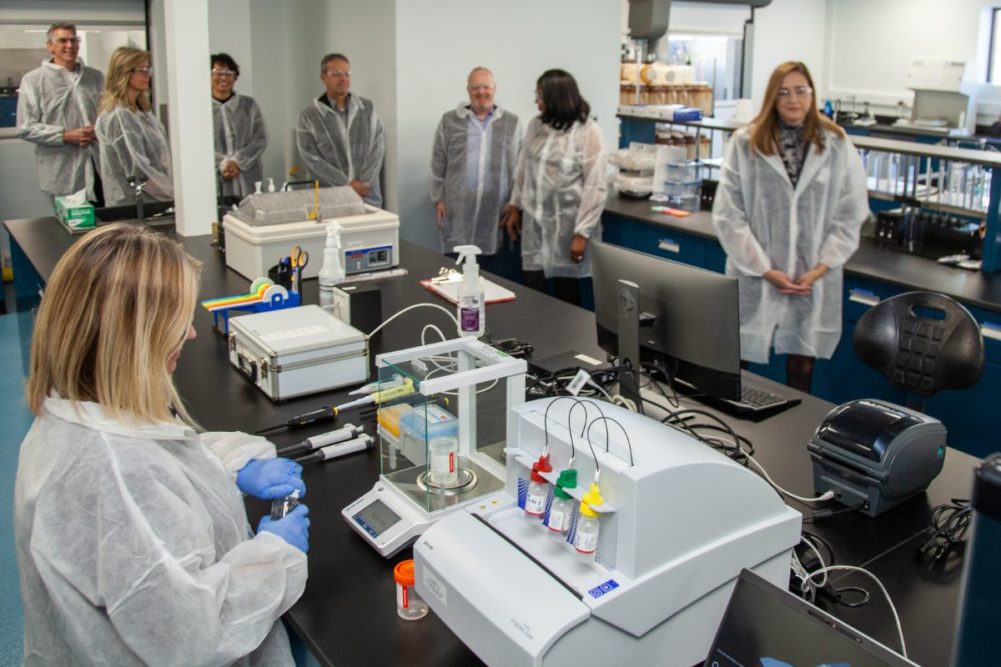Microbioloy is a fascinating field of study that explores the unseen world of microorganisms. These tiny organisms, invisible to the naked eye, play significant roles in various aspects of life on Earth. From causing diseases to aiding in environmental processes, microbioloy encompasses a wide range of topics that contribute to our understanding of the world around us.
Introduction to Microbioloy
Microbioloy is the scientific study of microorganisms, which are microscopic organisms that exist as single cells or cell clusters. These microorganisms include bacteria, viruses, fungi, protozoa, and algae. They can be found virtually everywhere, from the depths of the ocean to the soil beneath our feet.
History of Microbioloy
The study of microbiology dates back to ancient times when people observed the effects of microorganisms without fully understanding them. However, it wasn’t until the invention of the microscope in the 17th century that scientists could observe these tiny organisms and begin to unravel their mysteries.
Importance of Microbioloy
Microbiology is crucial for various reasons. It helps us understand the causes of infectious diseases, develop vaccines and antibiotics, improve food production processes, and maintain environmental balance. Additionally, microbiology plays a vital role in biotechnology and genetic engineering.
Branches of Microbioloy
Microbiology is a diverse field with several branches, each focusing on specific aspects of microorganisms and their applications. These branches include medical microbiology, environmental microbiology, industrial microbiology, and agricultural microbiology.
Microorganisms and Their Types
Microorganisms are classified into different groups based on their characteristics and functions. These include bacteria, viruses, fungi, protozoa, and algae. Each type of microorganism has unique features and roles in various ecosystems.
Microbioloy Techniques
Various techniques are used in microbioloy to study and manipulate microorganisms. These techniques include culturing methods, microscopy, polymerase chain reaction (PCR), and immunological techniques. Each method has its advantages and limitations, allowing researchers to explore different aspects of microbioloy.
Applications of Microbioloy
Microbiology has numerous applications in various fields. Additionally, microbioloy plays a crucial role in environmental cleanup efforts.
Microbiome and Human Health
The human body is home to trillions of microorganisms collectively known as the microbiome. These microorganisms play a crucial role in maintaining health and preventing diseases. Imbalances in the microbiome have been linked to various health conditions, highlighting the importance of microbiology in understanding human health.
Emerging Trends in Microbiology Research
Microbiology research is continuously evolving, with new trends and discoveries shaping the field. Some emerging areas of research include the role of microbiota in neurodegenerative diseases, the use of probiotics in treating gastrointestinal disorders, and the development of novel antimicrobial agents.
Challenges and Future Perspectives
Despite its advancements, microbiology faces several challenges, including antibiotic resistance, emerging infectious diseases, and environmental degradation. Addressing these challenges requires interdisciplinary collaboration and innovative solutions. However, the future of microbiology holds promise, with continued research paving the way for breakthroughs in medicine, agriculture, and biotechnology.
Conclusion
Microbiology is a dynamic field that continues to expand our understanding of the microbial world. From its historical roots to its modern applications, microbiology plays a vital role in various aspects of human life. As technology advances and new discoveries are made, the importance of microbiology in shaping the future cannot be overstated.

